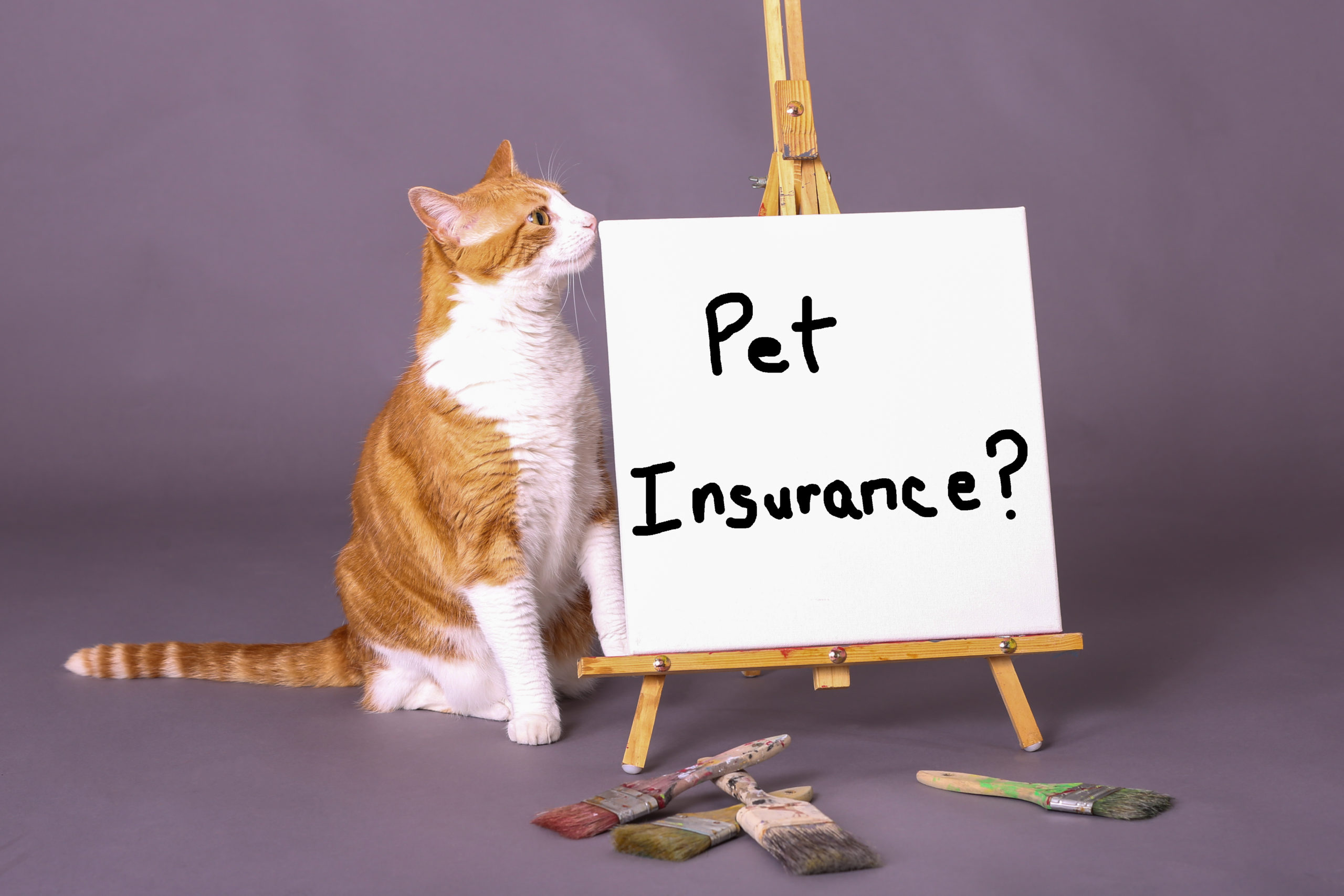We all love our pets, but they can cost us a lot of money over the years. With food, toys and vet bills, costs can certainly stack up for pet owners. To help with vet bills, many have considered pet insurance. The cost of pet insurance varies just like other insurance depending on how much coverage you want and the age of your pet. We’ll go into more details with our pros and cons list, but good coverage will be costly.
Pros of pet insurance
Coverage options
There are normally three options to consider when choosing a pet insurance plan, and they get more costly as you go. There is a more basic plan that only covers accidents, a middle plan that covers accidents and illnesses and full plan that covers all wellness. The most common plan covers accidents and illnesses as these tend to be the most costly. Always check with your provider’s plan to see what exactly is covered before choosing a plan.
No in-network vet drama
One of the worst parts about health insurance for humans is needing to find a doctor who is in-network in order to receive coverage. Pet insurance does not require that extra step. Take them to your local vet down the street or a nicer one in the city, it doesn’t matter where you take them when getting pet insurance.
Extra benefits
Some pet insurance providers really go the extra mile with their coverage. Some insurance companies offer rewards for a lost or stolen pet. So, if Fido goes missing, they may put forward some money for a reward upon the pet’s return. This may not seem like a big deal now, but if you ever have to experience this, then you’ll be grateful for the financial help. These details will be in your insurance agreement. So, make sure you take a look and see what extra benefits they offer.
Cons of pet insurance
Costs are paid upfront
With pet insurance, you will be paying out of pocket for pet costs, and you will be reimbursed upon submitting the correct paperwork to your insurance provider. Though this is common, it can be devastating for those of us who don’t have enough money to cover the costs even temporarily. So, if you do have pet insurance, always have an emergency fund to cover unexpected costs until you get reimbursed.
Medical issues not covered
Most pet insurance providers do not cover pre-existing conditions. For example, if your pet has diabetes, getting pet insurance now won’t do much for your costs. It is best to try to get pet insurance when they are younger and before they may develop health issues. Besides pre-existing conditions, there may be other specific health issues that insurance providers do not cover. For example, providers commonly do not cover hip dysplasia in large dogs. So, always check for any conditions that are not covered under your plan.
Premiums increase with age
As your pet gets older, expect their premium to increase. It is a lot cheaper to cover your pet when they are younger, but as they get older and more susceptible to health issues, your premium will rise. Most people who purchase pet insurance probably never see all that money returned unless their pet develops a covered health issue that costs a lot of money to treat. Otherwise, you may be paying a lot more to cover your pet than the insurance provider will need to pay you.
Final thoughts
With the right amount of research, you may find a plan that suits your needs. We love our furry friends, but they can cost us a lot of money. So, see if pet insurance is right for you.





